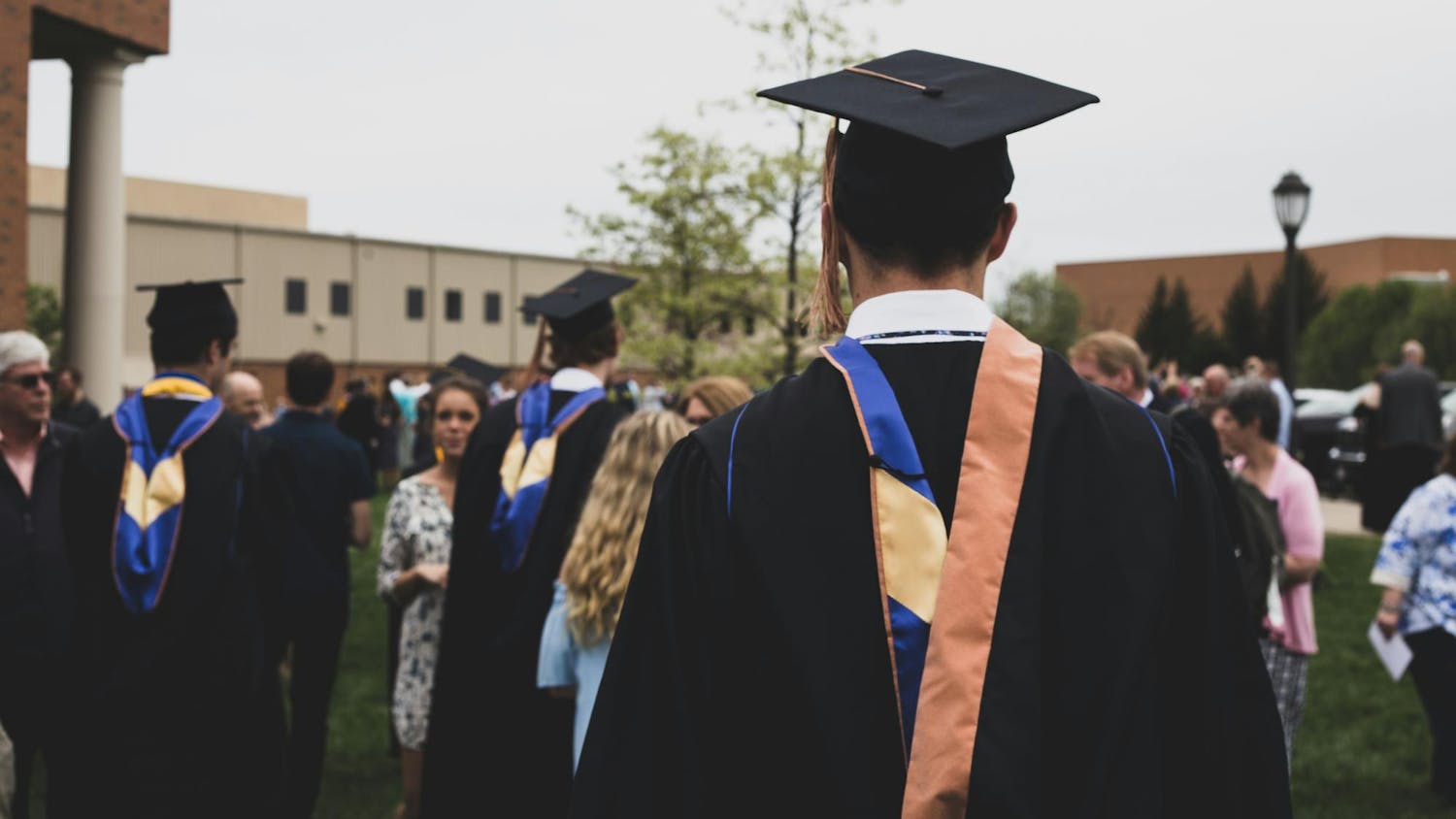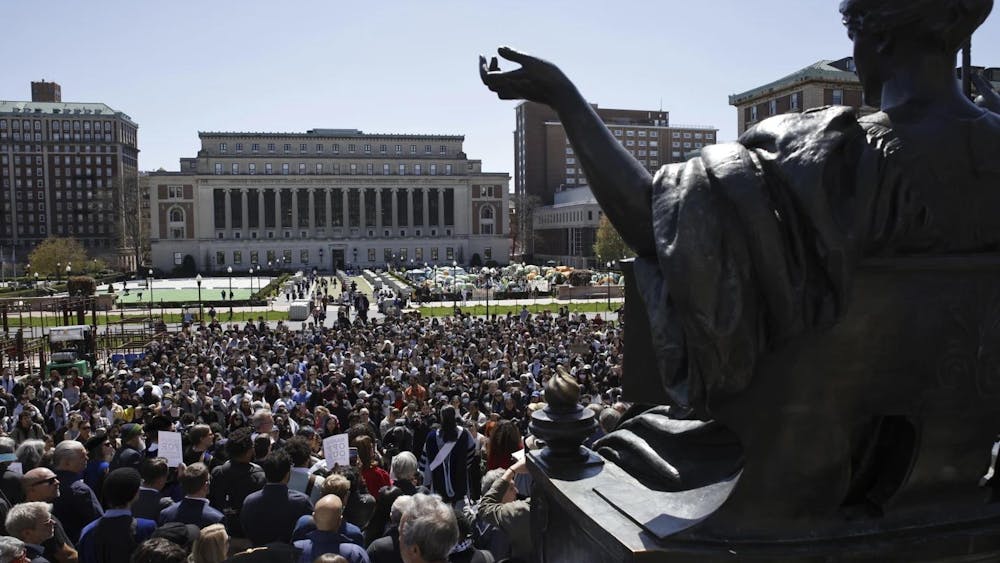The Gender Relations Center (GRC) hosted a panel discussion in The Oak Room of South Dining Hall on Tuesday that addressed the ways in which Disney positively and negatively establishes gender roles in its children films.
Susan Ohmer, an associate professor of Film, Television and Theatre who specializes in Disney films; Kelly Cronin, a senior and peer educator for the GRC and Thomas Wintering, a 2014 alumnus and current assistant rector in Keenan Hall sat on the panel.
To introduce the topic, the event's host Maureen Doyle, assistant director for LGBTQ concerns for the GRC, played a video clip that parodied princesses as real life girls. The conversation then began with a discussion of Disney princesses and the image of femininity they portray.
"There are a lot of flaws in Disney," Ohmer said at the beginning of the discussion.
Cronin referenced the limiting roles princesses often play in their own films, as well as the stereotypical activities they perform.
"The first three princesses are Snow White, Cinderella and Aurora, and all three spend a great deal of time in the movies doing domestic work," Cronin said.
However, Ohmer said, it is important to note "the contexts in which [Disney princesses] were created." These early heroines, whom Ohmer acknowledged as "first generation princesses," were featured prominently in films produced in the 1930s through the 1950s.
Cronin said in more recent Disney princess films — those that Ohmer called the "third generation princess films" — the princesses strive for loftier goals beyond finding a prince.
"[Belle] has read basically every book in the bookstore," Cronin said. "We see Tiana who is working hard to earn enough money to buy a restaurant."
Even though the first generation princesses hold domestic roles, they still maintain a complexity that depicts women as strong individuals albeit difficult circumstances, Ohmer said.
"[Snow White's] mother died, her father died, her stepmother wanted her to be killed and yet she maintains this sweetness ... and she has a very, very strong desire to nurture," Ohmer said.
The men of Disney films are also represented in an obscure light, Wintering said.
According to the Disney films, "the ideal man is a billionaire who comes riding in on a white horse and is jacked," he said.
Cronin said portrayals of Disney men reflect stereotypes and caricatures as well.
"I feel like a lot of the male characters are either bland ... or they are just [meant] to carry princesses or they are hyper-masculine or they are almost desexualized," she said.
The conversation ended with a discussion about male-female relationships within the films.
"One thing I continue to find striking is how few female friendships there are and how few female-and-male relationships there are," Cronin said. "If you are a girl, you can have a guy that's your friend as long as you are a child, but once you grow up, you have to get married or you cannot be friends."
She said she noted "only two female friendships" in Disney films: one in 'Pocahontas' and one in 'The Princess and the Frog.'
These controversies surrounding Disney's portrayal of men and women, however, are not enough to deter consumption, Ohmer said.
"We are aware of the stereotypes, but we sing [the 'Frozen' soundtrack], we buy the merchandise, we watch the films. We just appreciate the limitations."













